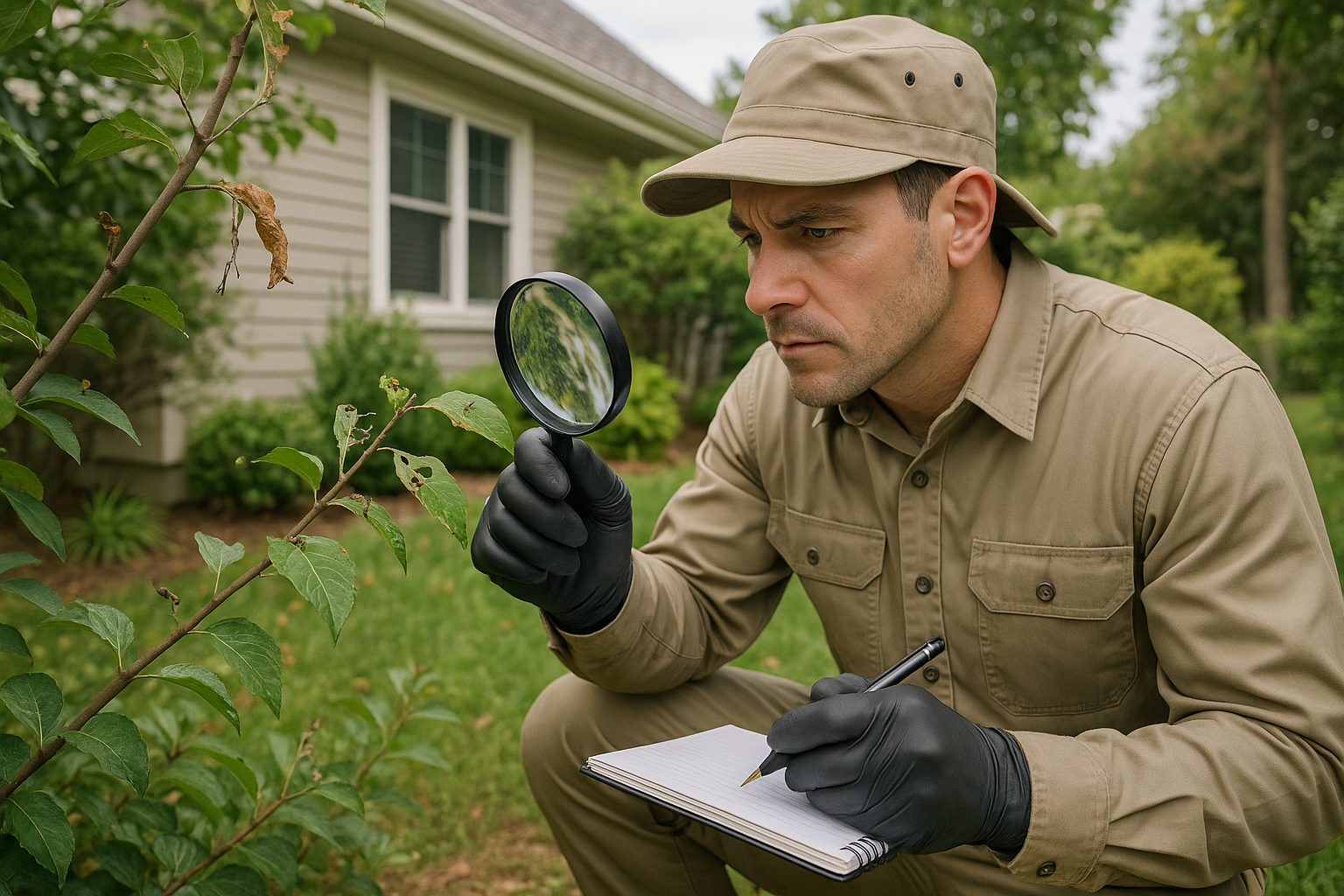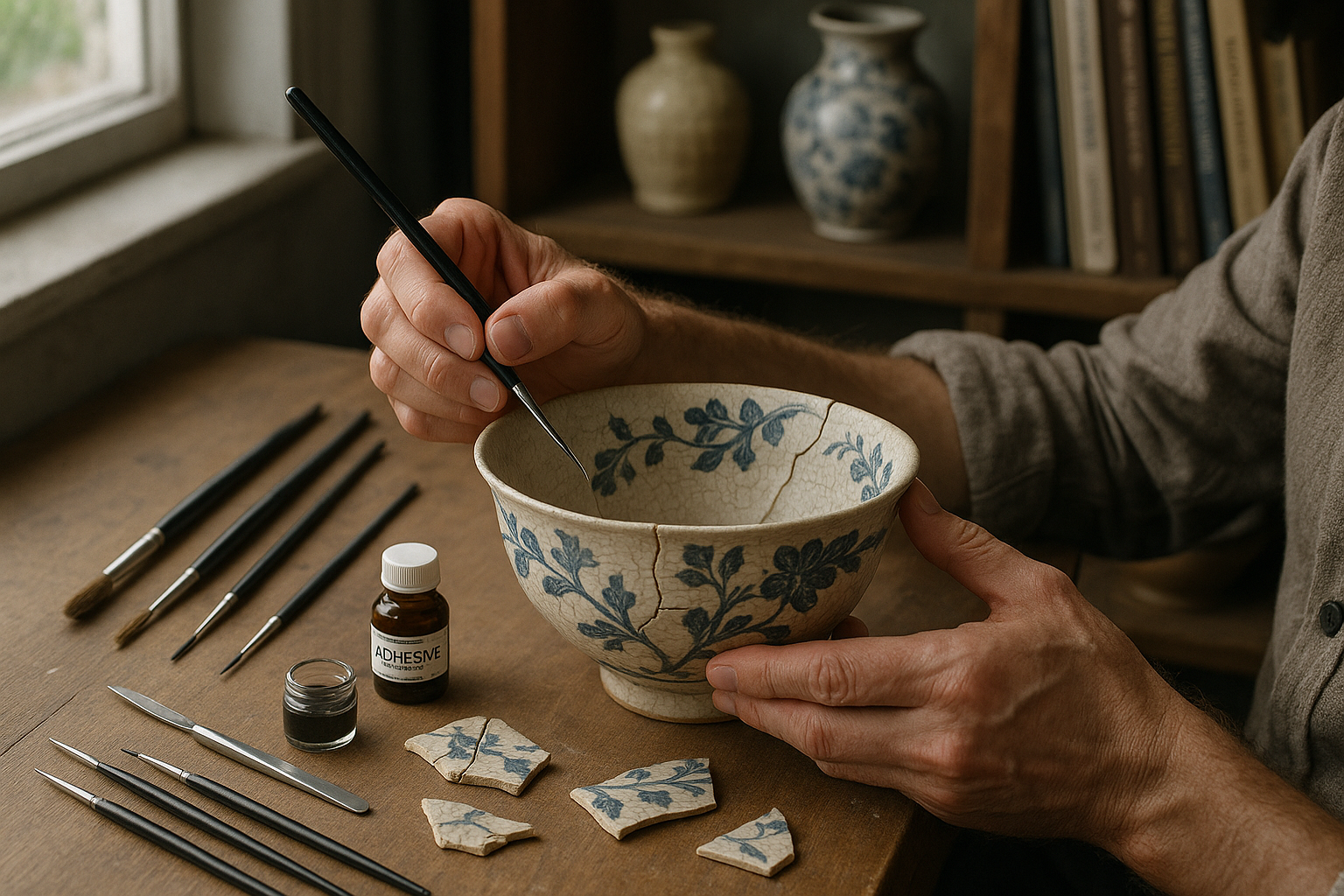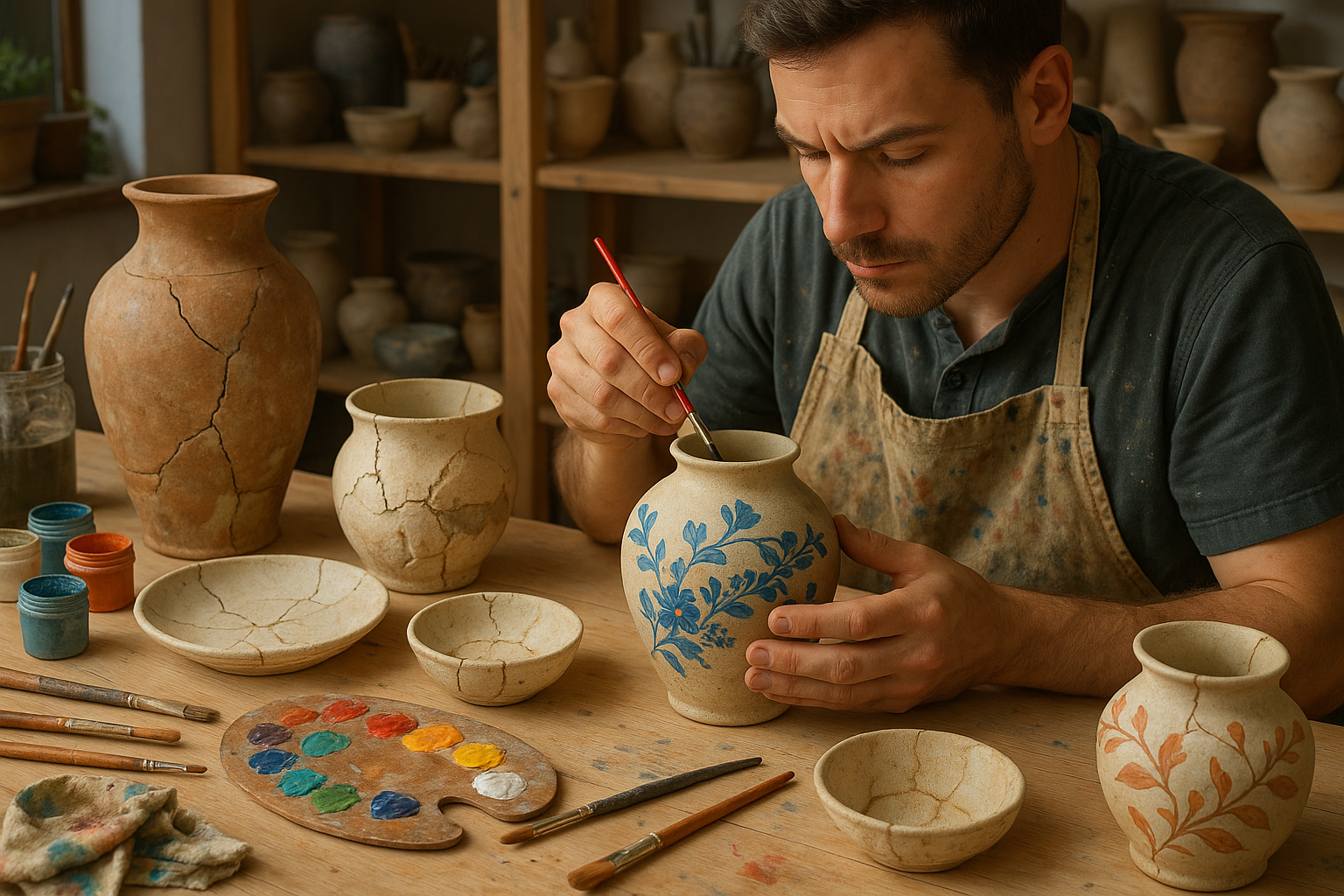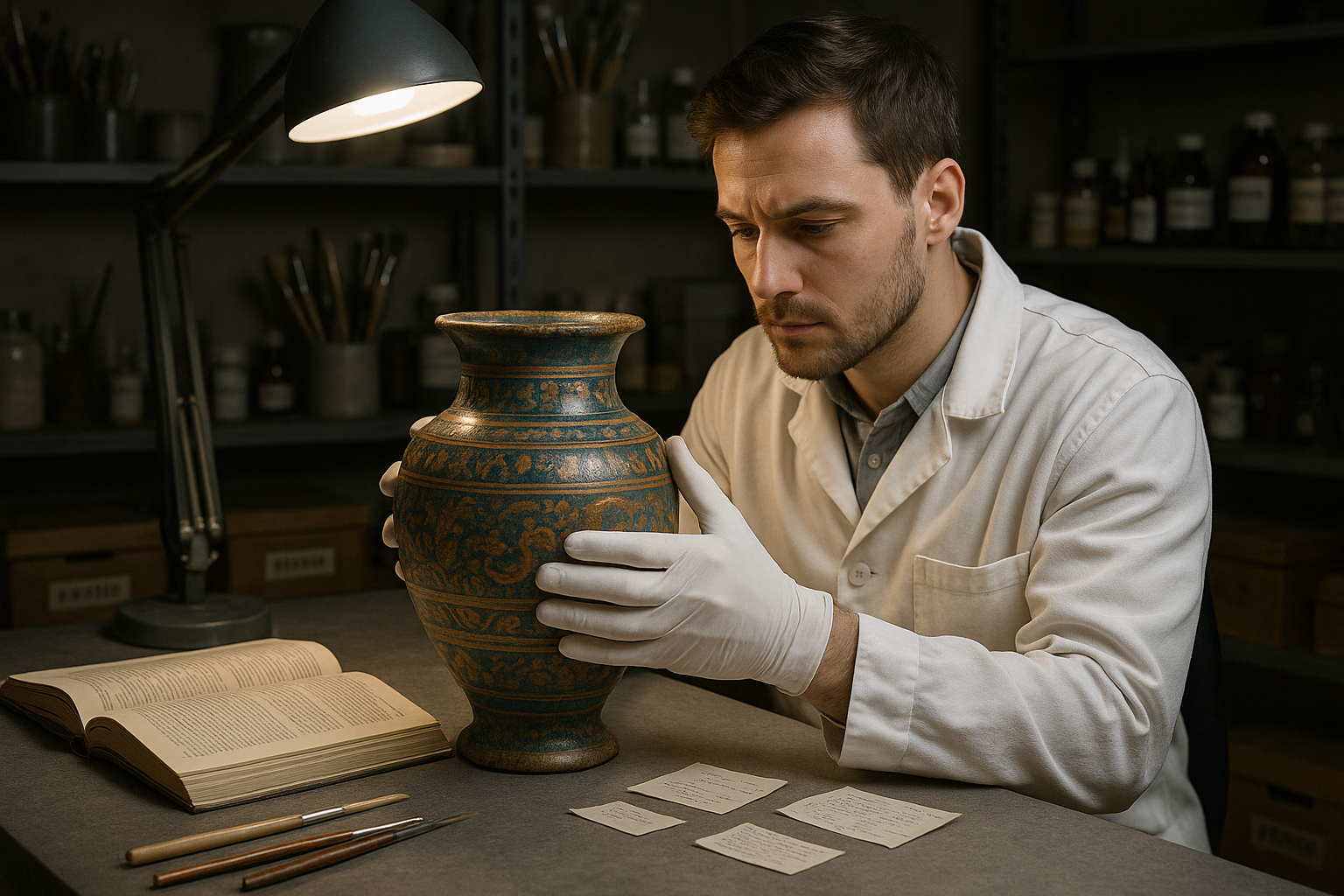In our fast-paced world, maintaining the health and integrity of our environments—whether it’s our homes, gardens, or businesses—has become increasingly crucial. 🏡 Yet, one of the most insidious threats to these spaces often goes unnoticed until it’s too late: insect damage. This seemingly minor concern can quickly escalate, leading to significant property deterioration and financial loss. Understanding the importance of insect damage assessment is not just about protecting our properties; it’s about preserving our investments, ensuring safety, and fostering healthy environments.
Have you ever paused to consider how tiny creatures like termites, ants, or beetles could wreak havoc on your valuable assets? 🐜 The truth is, insects are highly skilled at infiltrating spaces, often undetected until the damage is severe. In this blog, we will delve into why regular insect damage assessment is a critical practice for anyone keen on maintaining the structural integrity and aesthetic appeal of their properties. We’ll uncover the hidden dangers these pests pose and explore proactive measures you can take to safeguard your environment.
Firstly, we’ll explore the diverse types of insects that are notorious for causing damage. From wood-eating termites to fabric-munching moths, each pest presents its unique set of challenges. Understanding their behaviors and the specific threats they pose is essential for effective management. This knowledge forms the foundation for assessing potential damage and implementing targeted prevention strategies.
Next, we’ll discuss the signs and symptoms of insect damage. 🕵️♂️ Often, these signs are subtle and easy to overlook, but being able to identify them early can be the difference between minor repairs and major renovations. We’ll provide you with a comprehensive guide to recognizing these telltale signs, enabling you to act promptly and effectively.
Once you’re aware of what to look for, the next step is assessment. This crucial phase involves more than just a cursory glance; it requires a detailed inspection of vulnerable areas. We’ll guide you through a systematic approach to conducting thorough assessments, highlighting the tools and techniques that can enhance accuracy and efficiency.
But assessment alone isn’t enough. Preventive measures are key to maintaining a healthy environment. We’ll explore best practices for prevention, from structural modifications to chemical treatments, offering a balanced view of the available options. Whether you’re a DIY enthusiast or prefer professional services, we’ll equip you with the knowledge to make informed decisions.
Furthermore, we’ll discuss the role of technology in modern pest management. Innovative solutions such as smart sensors and real-time monitoring systems are transforming how we approach insect damage assessment. Embracing these advancements can enhance your ability to detect and mitigate risks promptly, ensuring your property remains secure.
Finally, we’ll address the broader implications of insect damage, including its impact on health and the environment. Understanding these aspects will highlight why proactive management isn’t just about preserving property value but also about contributing to sustainable living practices. 🌿
Insect damage assessment is more than a precautionary measure; it’s a proactive strategy essential for any responsible property owner. By the end of this blog, you’ll not only be equipped with the knowledge to protect your assets but also empowered to foster environments that are not only healthy but thriving. Let’s dive in and uncover the secrets to safeguarding your property against the silent invaders that threaten our environments.

Conclusion: Safeguarding Our Spaces Through Vigilant Insect Damage Assessment
In conclusion, assessing insect damage is a critical component in maintaining the integrity and health of our environments, whether they’re residential, commercial, or natural settings. Throughout this article, we’ve explored the multifaceted role that insects play, both beneficial and detrimental, in our ecosystems. We’ve highlighted the potential consequences of neglecting proper assessment, including structural damage, financial loss, and ecological imbalance.
By understanding the indicators of insect damage, property owners and managers can implement timely interventions. This proactive approach not only preserves property value but also contributes to environmental sustainability. Furthermore, adopting integrated pest management strategies allows us to address insect issues in a manner that minimizes harm to beneficial insect populations and the broader ecosystem 🌍.
The importance of educating oneself and staying informed cannot be overstated. Engaging with resources, attending workshops, and consulting experts are invaluable steps towards effective property management. Additionally, utilizing technology, such as drones and advanced diagnostic tools, enhances our ability to detect and respond to insect damage efficiently.
Your role as a steward of your environment is pivotal. By prioritizing insect damage assessment, you contribute to a healthier, more balanced ecosystem. We encourage you to share your insights and experiences with others. Discussing and disseminating knowledge fosters a community that values and practices environmental stewardship.
Thank you for joining us on this journey of discovery and action. Together, we can protect our properties and preserve the natural world for future generations. 🏡🌿
If you found this article insightful, consider sharing it with friends, family, or colleagues. Feel free to leave a comment below with your thoughts or any questions you might have. Your engagement helps us create content that matters.
For further reading on this topic, explore resources such as [The Entomological Society](https://www.entsoc.org) and [Integrated Pest Management](https://www.ipm.ucanr.edu). These organizations offer valuable insights and updates on best practices for insect management.
—
This conclusion wraps up your article by summarizing the key points, reinforcing the importance of the topic, and encouraging reader engagement and action. Feel free to expand and customize this draft to suit your needs.




